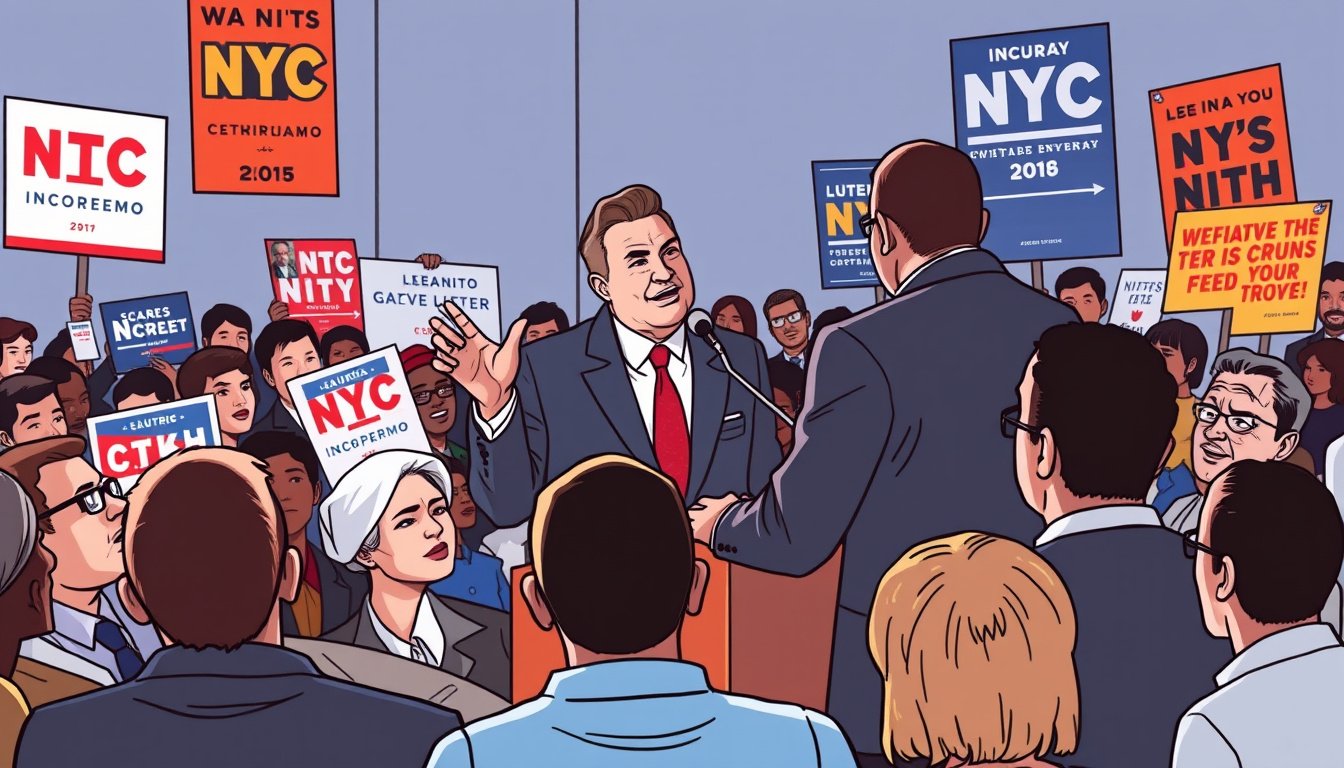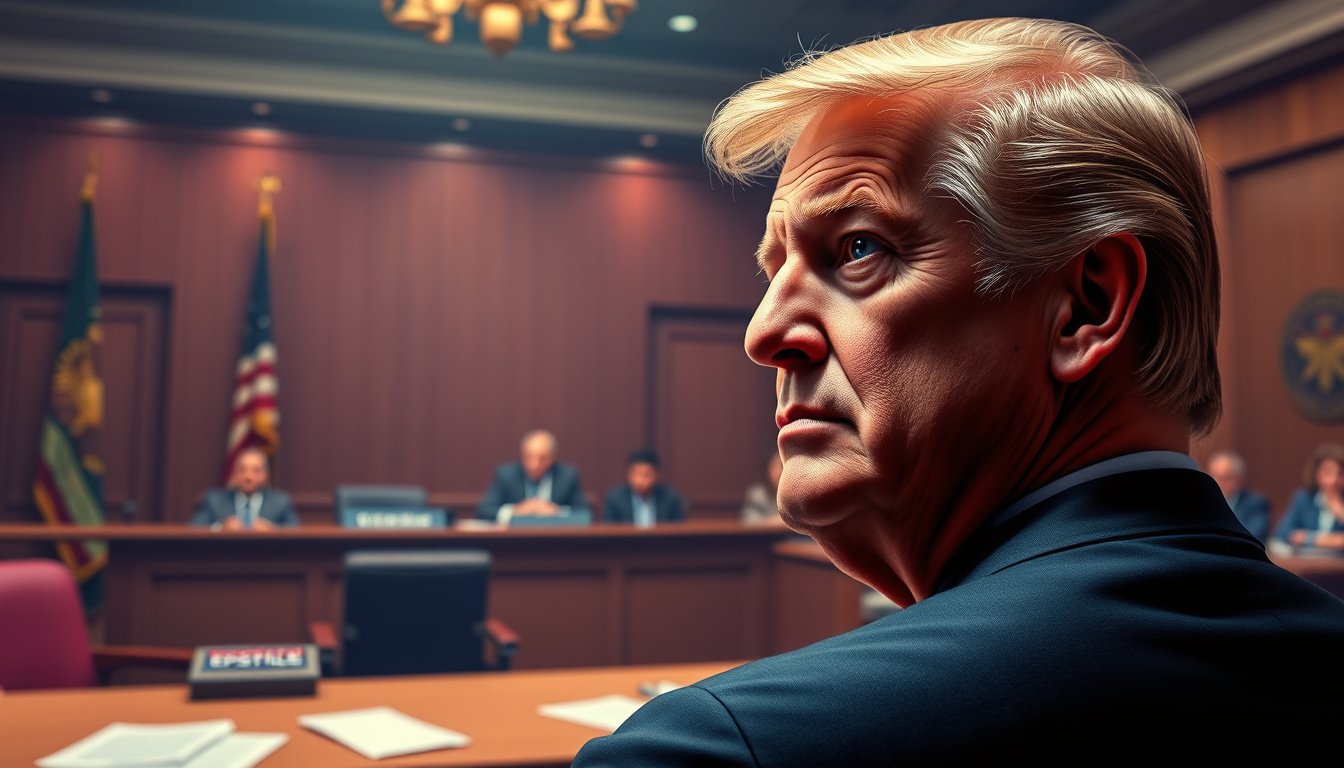In a surprising turn of events, U.S. President Donald Trump recently proclaimed that a pivotal agreement concerning rare earths has been finalized with China. This announcement comes at a time when ongoing tariff disputes between the two nations have reached a critical stage, making the stakes for both economies higher than ever.
Following two days of intense negotiations in London, Trump revealed that China has committed to supplying American companies with vital magnets and rare earth minerals. In return, the U.S. plans to ease restrictions on Chinese students’ visas that had been previously threatened under the current administration. “Our deal with China is done, subject to final approval from President Xi and me,” Trump stated on his social media platform, Truth Social.
These negotiations were seen as essential given the tensions that have flared since the nations initially brokered a truce in May, amid a rapid escalation of tariffs that threatened to destabilize trade between the world’s two largest economies. In a notable phone call between Trump and Chinese President Xi Jinping, the tone shifted toward resolution and collaboration rather than prolonged conflict.
The details of the agreement, however, remain scant. Both parties have confirmed a framework that aims to align with earlier consensuses established during their discussions, yet many specifics have yet to be disclosed. As per China’s Vice Commerce Minister, Li Chenggang, the two sides are working towards operationalizing the consensus reached during previous high-level meetings. U.S. Commerce Secretary Howard Lutnick expressed optimism about the outcome, indicating that discussions helped to clarify and bolster the Geneva agreement reached in May.
The urgency for a resolution was propelled by U.S. concerns regarding China’s delays in exporting essential rare earth materials, which are crucial for manufacturing technologies ranging from smartphones to electric vehicles. These resources are not only vital for American industries but also represent a significant aspect of global supply chains critically affected by geopolitical tensions.
Conversely, China has criticized recent U.S. controls on semiconductor technology exports and the aforementioned visa policies, which they believe hinder educational and cultural exchanges between the two nations. The reciprocal nature of these disputes reflects the complexity of trade relations that have been strained by tariffs imposed by both governments. When Trump first enacted sweeping tariffs this year, China was notably the hardest hit, leading to retaliatory tariffs that further complicated the economic landscape.
Despite the announcement of this agreement, market reactions have hinted at skepticism. Some analysts, like Terry Haines from Pangaea Policy, have described the agreement as having limited scope and deem its completion as an unfinished endeavor. "Setting the Geneva ‘pause’ back on track is the smallest of accomplishments," he noted, emphasizing that a comprehensive deal between the two nations is unlikely to materialize in the immediate future.
In summation, while the recent report of a rare earths agreement offers a glimmer of hope for reduced tensions between the U.S. and China, significant challenges remain. Tariff tensions continue to simmer, with both nations navigating a complex interplay of economic competition and diplomatic negotiations. As President Trump seeks to finalize this agreement, all eyes will remain on the forthcoming responses from both countries and how these developments may shape the ever-evolving landscape of international trade.










